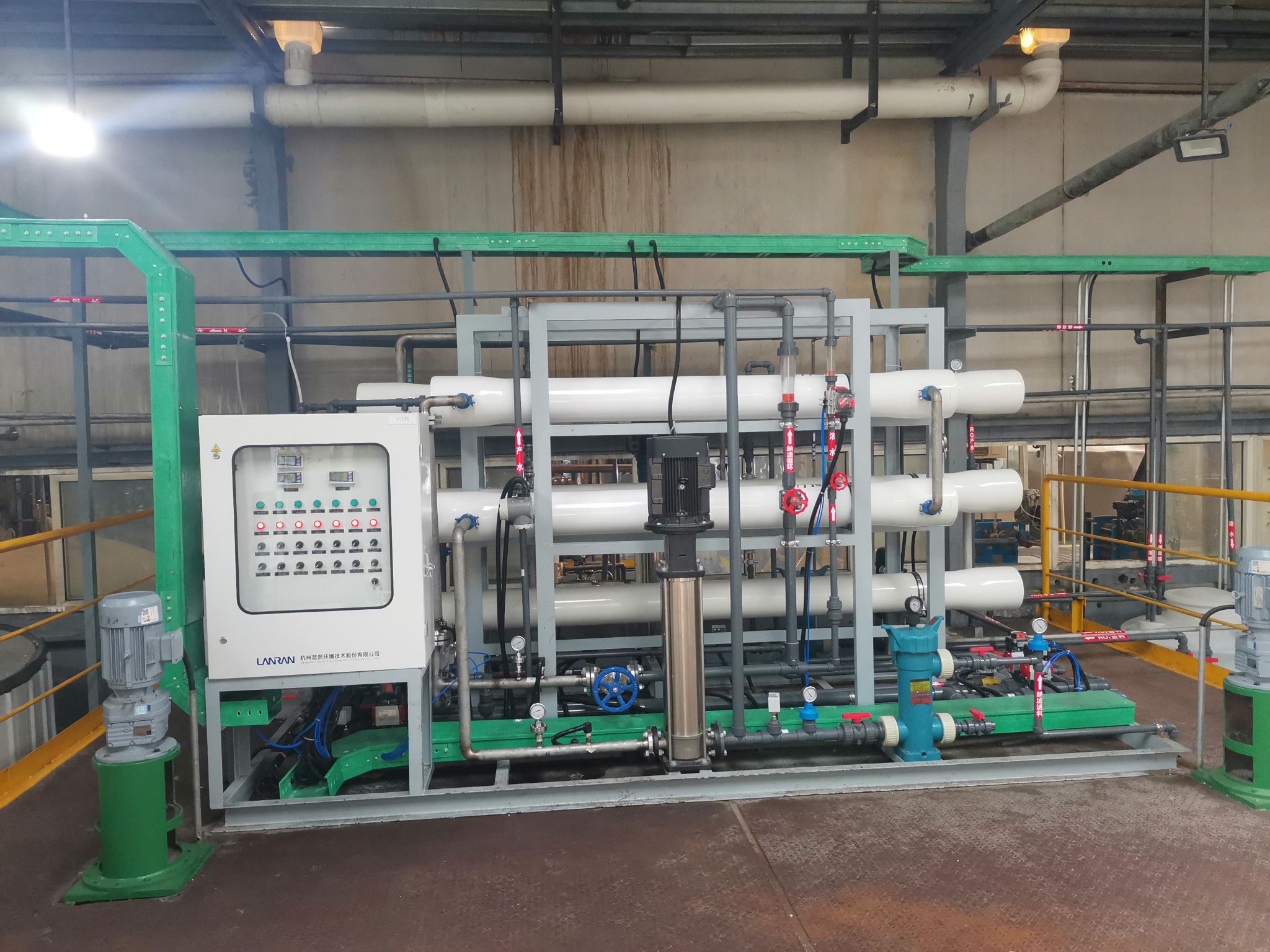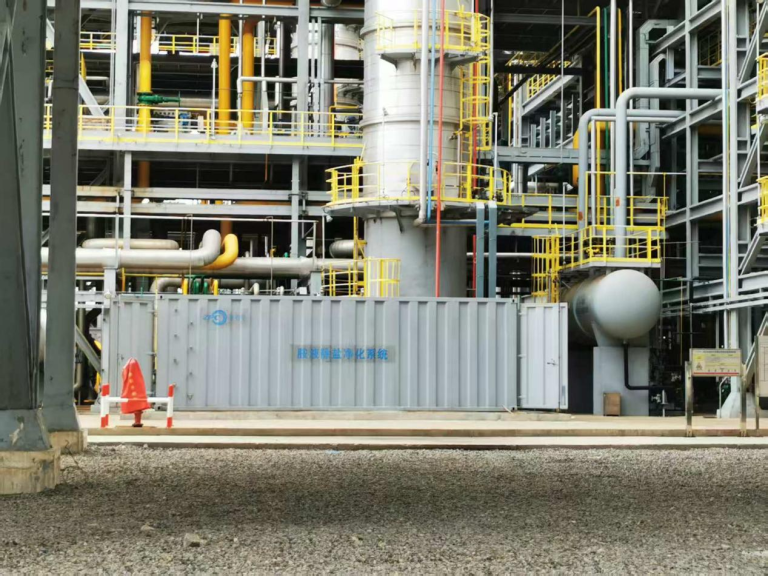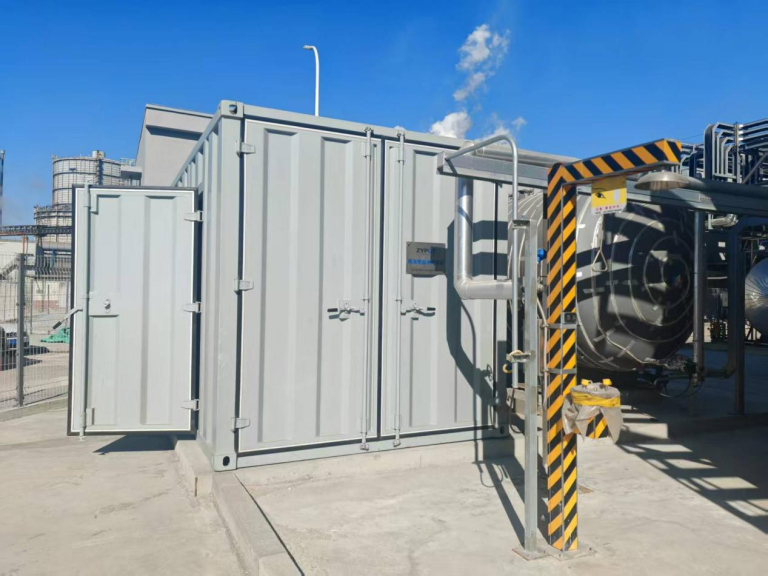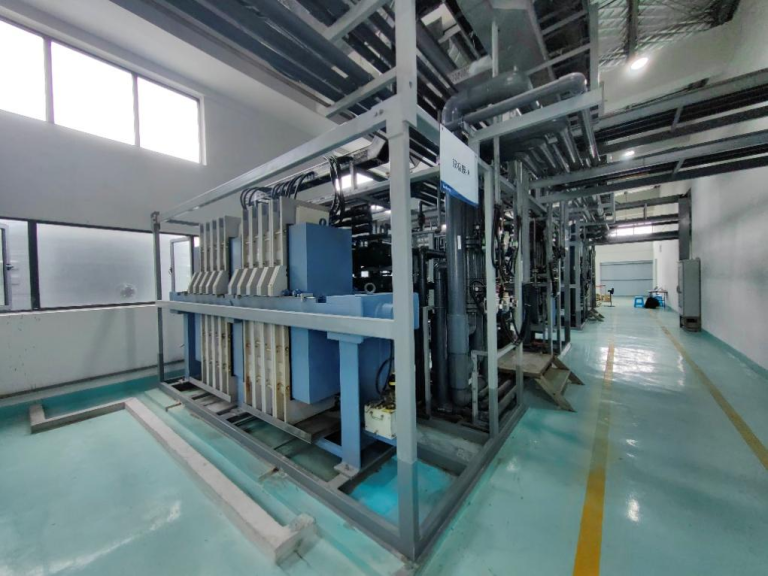
Lanran’s BPED solution in Tartaric acid production
Tartaric acid is widely used in beverages, food, and pharmaceuticals as a flavoring and functional additive. In this project (capacity 300 t/a), the feed solution contained 170 g/L sodium tartrate, with impurities such as calcium and magnesium ions, and a pH of 7–9. The challenge was to efficiently convert sodium tartrate into high-purity tartaric acid, while ensuring low energy consumption and clean production.
Lanran designed a resin + bipolar membrane electrodialysis (BPED) + nanofiltration process:
Ion exchange resin removes Ca²⁺/Mg²⁺ and stabilizes feed quality.
BPED system converts sodium tartrate into tartaric acid and alkali under 750–800 A/m² current density, achieving ~90% sodium ion conversion.
Nanofiltration purifies the alkali (≤200 mg/L tartrate), enabling direct recycle in the production line.
Key Advantages
⚡ High efficiency & low energy: ~980 kWh per ton tartaric acid, ensuring cost savings.
🌱 Green production: No methanol precipitation, minimal wastewater, safe operation.
📈 High yield: One-pass tartaric acid recovery ≥90%.
🔄 Circular economy: Alkali solution recycled for reuse, reducing raw material consumption.
For 1,000 t/a production capacity, only 4 sets of BL2T50-480 BPED stacks are required — proving Lanran’s solution is not only efficient but also scalable for industrial expansion.
Lanran’s BPED solution delivers clean, safe, and cost-effective tartaric acid production, helping enterprises achieve sustainability goals while maintaining a stable supply and profitability.



